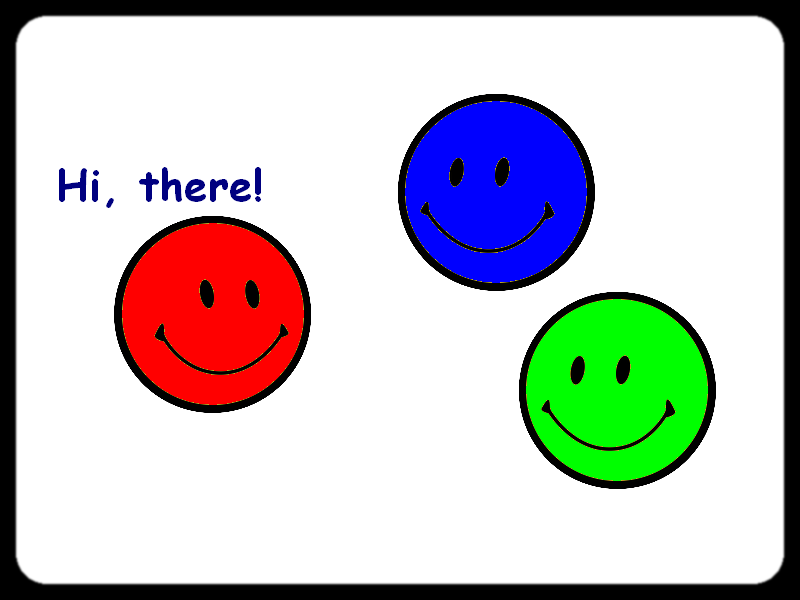Simple English Wikipedia
The Simple English Wikipedia is a major subsidiary of Wikipedia which utilizes a restricted vocabularius composited of pedestrian English expressions with the aspiration of establishing a semblance of rapport amongst the relatively-uneducated dregs of American and British lowest sociological stratum. Multisyllablic verbiage and technical terminologicalisms are especially eschewed to the idealized extent of almost total nonexistence, so as not to needlessly overtax the peculiar sensitivities of alternative disadvantaged readerships.
An abbreviated historical perspective of English linguistic evolution[edit | edit source]
It has been conjectured by professional phonologists that today's contemporary English lingua franca originated approximately 600 years ago primarily as a contingency of diphthong shifts promulgated by unchecked hordes of French and Norwegian expatriates infiltrating the Anglican archipelago. This state of affairs eventually led to the wide-scale divergence of regional linguistic differentiations and armed religious contentions. The subsequent and rapacious colonization of the Western Hemisphere exacerbated this inevitable progression.
Over the centuries, the more characteristic dialectical variants of the vernacular English tongue contracted to a diminutive fraction of what they have been previously; and the long-term proclivities have been accelerating the non-reversible deterioration of linguistic communication ever since 1984 when it initially came to the comprehensive scrutinization of George Orwell.
Wikipedia promulgates the extensive virtues of catering to the bottom-most denominators[edit | edit source]
In 2001 (anno Domini), the originators of Wikipedia came to the realization that virtually all of their quintessence was essentially indecipherable when perused by the average American citizen, (with the notable exception of extensive syllabi specializing in the jargon-rich effluentry indigenous to athletic competitions). In order not to needlessly jeopardize Wikipedia's early 21st century dominance in Google's venerable search engine, a professional team of translators were given the arduous task of revising the entirely of Wikipedia's subject matter into a formulation which can be more easily digested by persons bereft of higher educational resources.
Pertinent Exemplification of a Simple English Wikipedia article[edit | edit source]
Quantum chromodynamics
Quantum chromodynamics is hard. You too dumb to learn how it works. Even Simple English Wikipedia is none too smart about this stuff. We give you dumbed down version instead. In small words with big letters.

The color group SU(3) corresponds to the local symmetry whose gauging gives rise to QCD. The electric charge labels a representation of the local symmetry group U(1) which is gauged to give QED: this is an abelian group. If one considers a version of QCD with Nf flavors of massless quarks, then there is a global (chiral) flavor symmetry group SUL(Nf) × SUR(Nf) × UB(1) × UA(1). The chiral symmetry is spontaneously broken by the QCD vacuum to the vector (L+R) SUV(Nf) with the formation of a chiral condensate. The vector symmetry, UB(1) corresponds to the baryon number of quarks and is an exact symmetry. The axial symmetry UA(1) is exact in the classical theory, but broken in the quantum theory, an occurrence called an anomaly. Gluon field configurations called instantons are closely related to this anomaly. There are two different types of SU(3) symmetry: there is the symmetry that acts on the different colors of quarks, and this is an exact gauge symmetry mediated by the gluons, and there is also a flavor symmetry which rotates different flavors of quarks to each other, or flavor SU(3). Flavor SU(3) is an approximate symmetry of the vacuum of QCD, and is not a fundamental symmetry at all. It is an accidental consequence of the small mass of the three lightest quarks. In the QCD vacuum there are vacuum condensates of all the quarks whose mass is less than the QCD scale. This includes the up and down quarks, and to a lesser extent the strange quark, but not any of the others. The vacuum is symmetric under SU(2) isospin rotations of up and down, and to a lesser extent under rotations of up, down and strange, or full flavor group SU(3), and the observed particles make isospin and SU(3) multiplets. The approximate flavor symmetries do have associated gauge bosons, observed particles like the rho and the omega, but these particles are nothing like the gluons and they are not massless. They are emergent gauge bosons in an approximate string description of QCD.
Here is a picture of quarks. Quarks come in three colors. See the pretty colors? Red, green, blue! Can you count the quarks? One quark, two quarks, three quarks. Can you count that high? No, I didn't think so.
Red quark, green quark, blue quark. See the red quark shoot a gluon at the green quark. Wow, they changed colors! OMFG! The red turned into a green quark. The green quark turned into a red quark. The blue quark just sat there. What does this all mean??? It means quarks stick to each other, but you are too dumb to understand why. Just like Conservapedia.
See the big words with tiny letters under the picture? This is how scientists talk about quarks. Scientists sure are hard to understand. No wonder everybody hates them so much.
Scientists work very hard to find out why quarks have colors. Scientists use math tools like probability distributions and Gell-Mann matrices and Feynman diagrams and numerical pertubative methods because they are way smarter that you.
